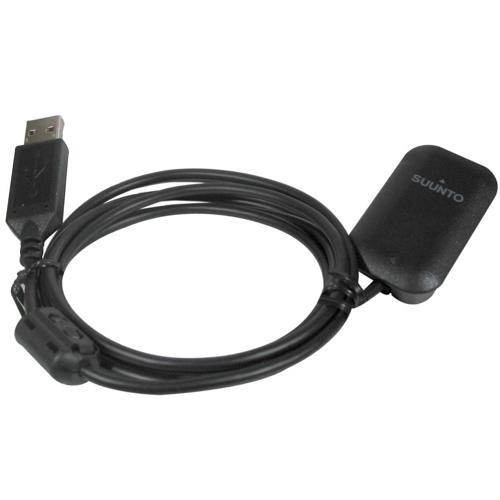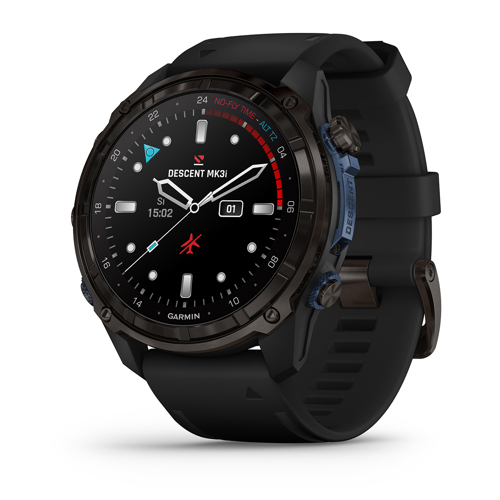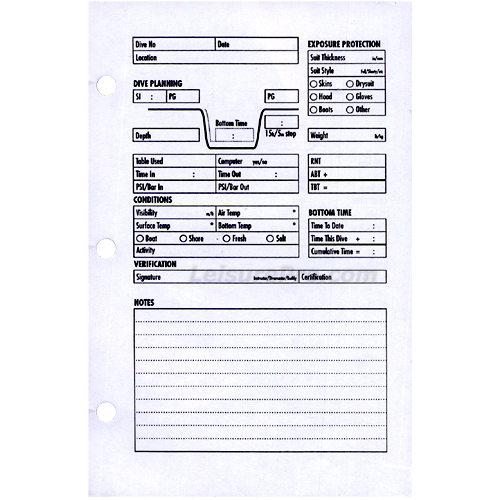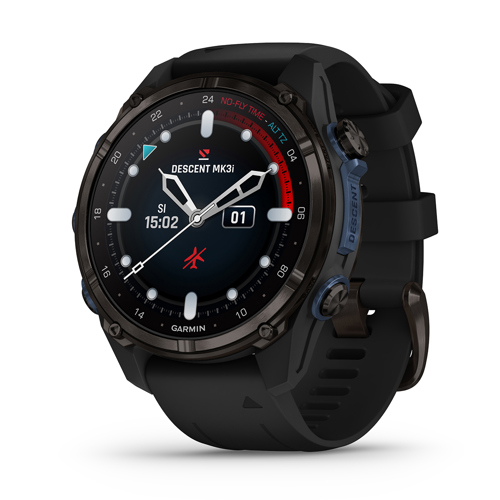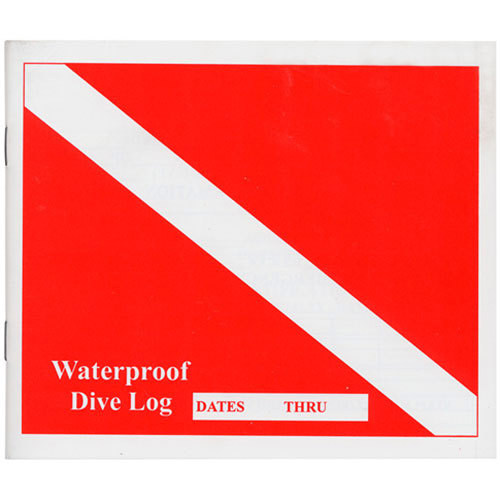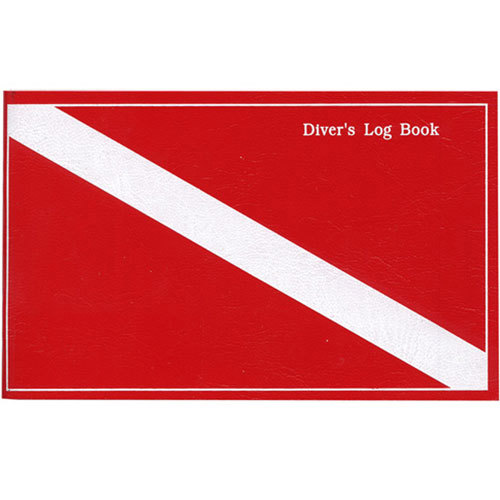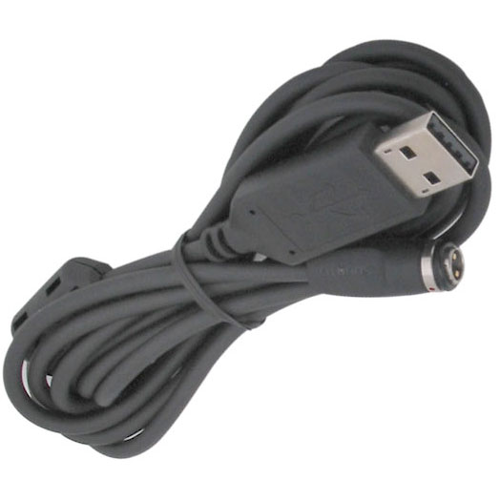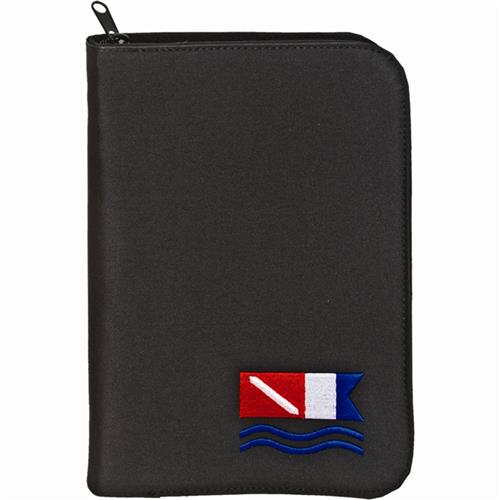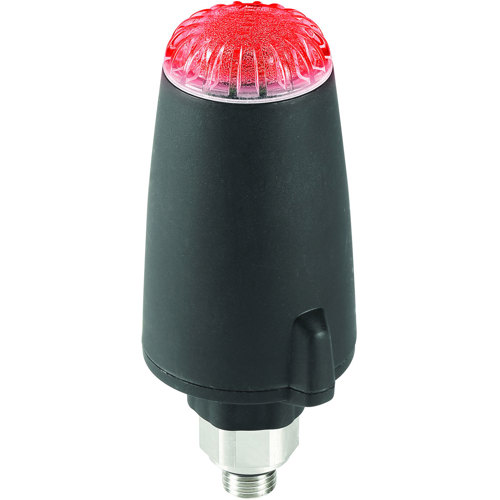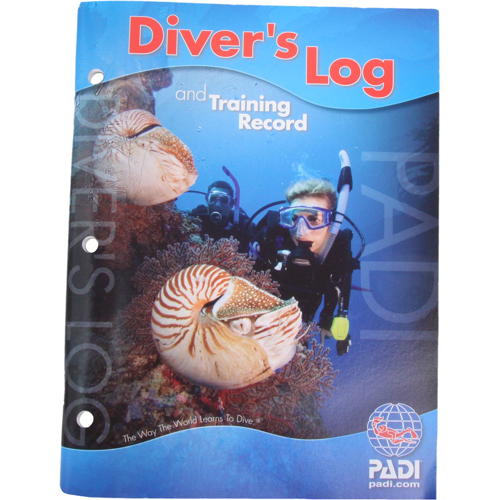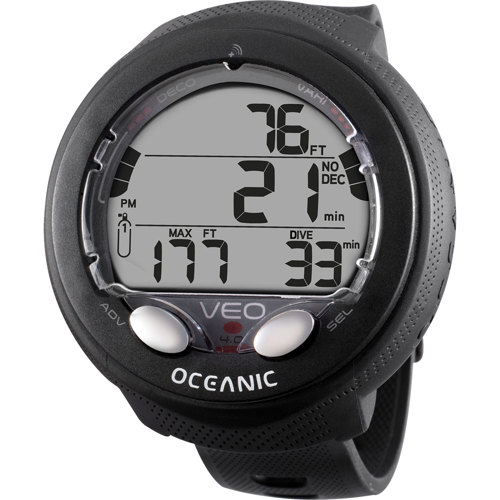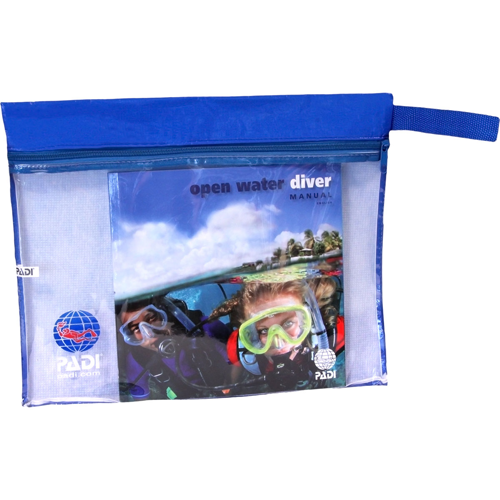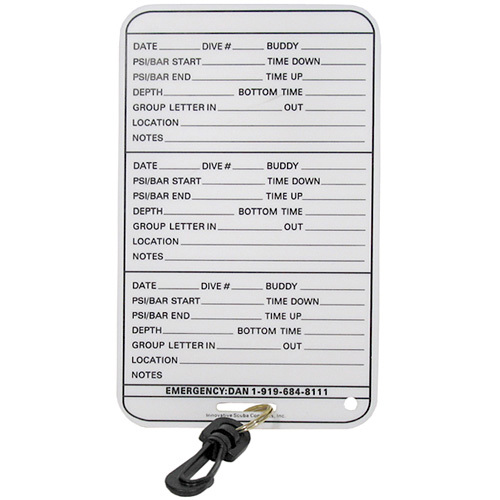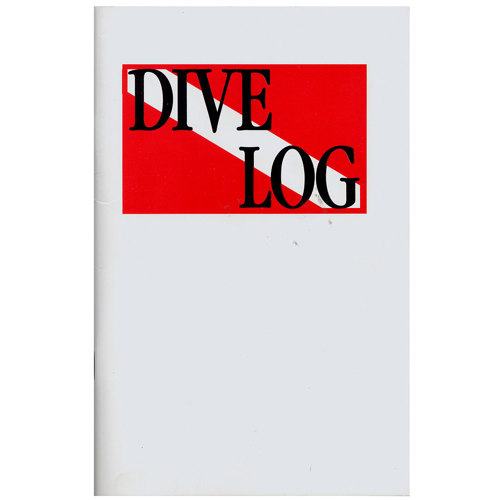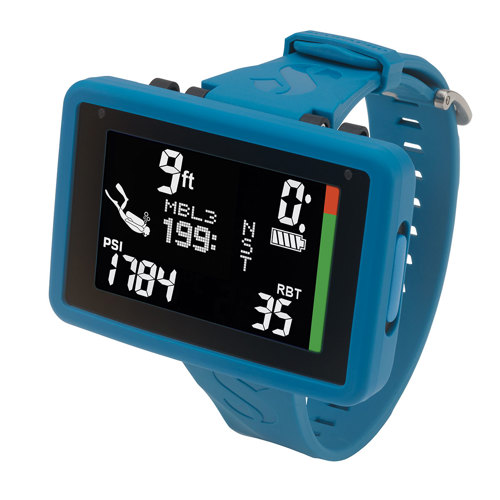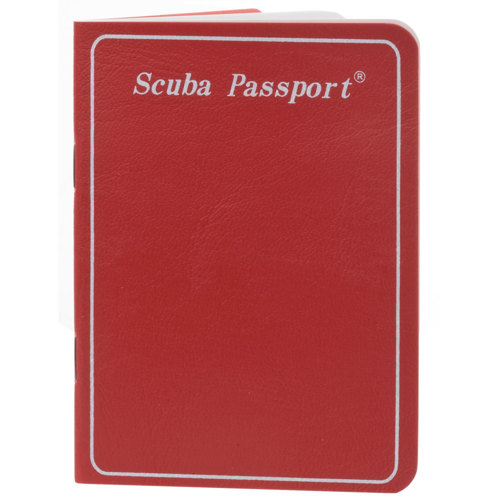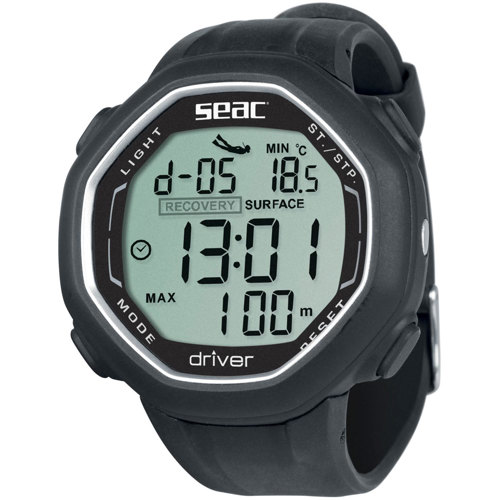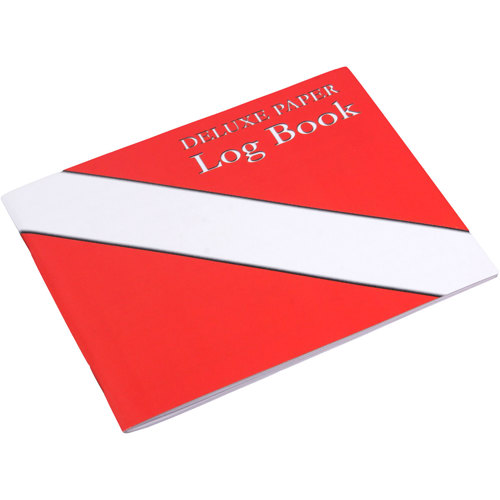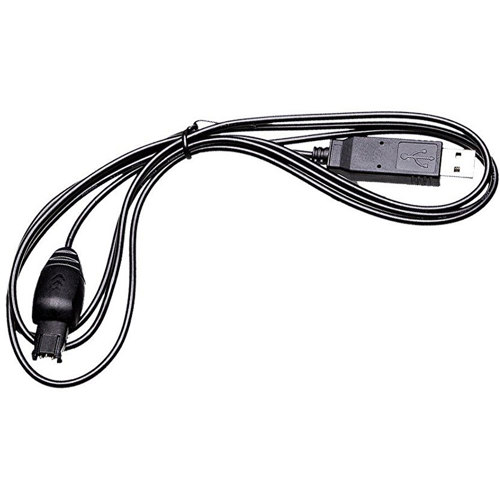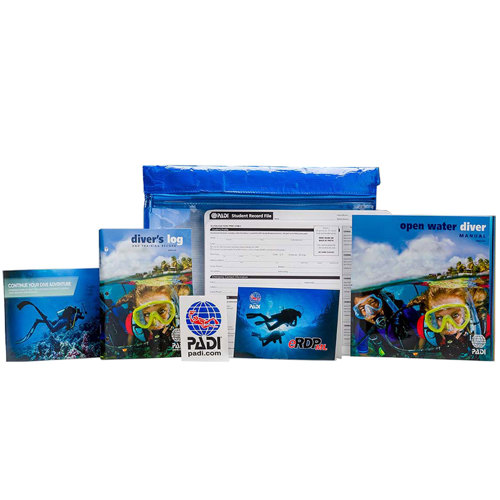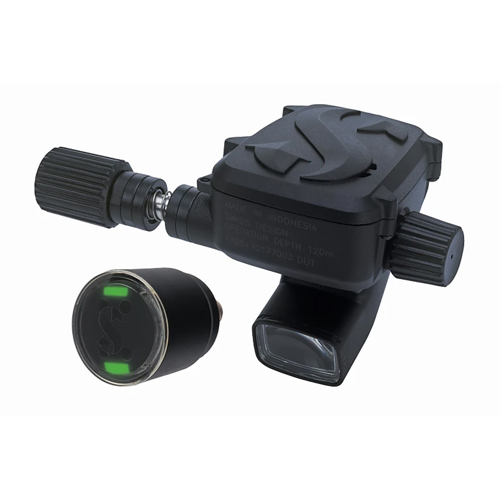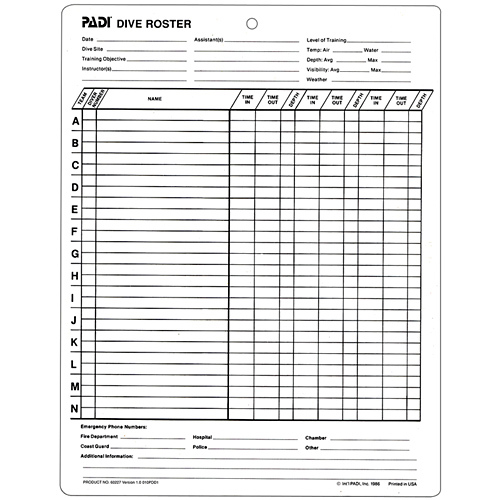Whether you’re a seasoned diver with hundreds of logged hours or just beginning your underwater journey, dive logging is an essential part of the scuba experience. The act of recording dive log data goes far beyond simply jotting down numbers; it captures the essence of every underwater adventure. Each entry—whether on a classic paper logbook or a modern digital app—becomes a personal chronicle of exploration, skill progression, and unforgettable moments beneath the surface. Divers often note details like the dive site name, geographic location, date, and dive number, painting a vivid picture of the day’s conditions. Depths reached, total bottom time, and the type of exposure protection worn (from lightweight wetsuits in tropical waters to full drysuits for brisk autumn dives) are all meticulously tracked. Buddy information, including signatures and shared anecdotes, brings a social dimension to the log, making it a living record of camaraderie and shared achievements. Recording equipment details, such as the breathing apparatus and gas mixture, not only helps in troubleshooting and maintenance but also ensures optimal performance on future dives. Water conditions, visibility, and unique marine life encounters are preserved in these logs, allowing divers to relive the magic of a perfect drift dive or the thrill of spotting a shy octopus among the rocks.
As the dive season transitions into fall, many divers find themselves reflecting on the year’s adventures and planning for new ones. Dive log data becomes especially valuable during this time, as cooler water temperatures and changing visibility can influence gear choices and dive planning. For instructors and advanced divers, meticulous dive logging is often a requirement for certifications and specialty courses, serving as proof of experience and skill mastery. Even recreational divers benefit from reviewing past entries to track improvements in air consumption, buoyancy control, or navigation techniques. Dive logging is not just for the individual; it’s a thoughtful gift for anyone passionate about underwater exploration. A well-designed logbook or intuitive digital logging tool makes a meaningful present for new divers eager to document their first open water dives, or for seasoned explorers who treasure the nostalgia of flipping through past adventures. Families and friends who dive together often find joy in comparing logs and reliving shared moments, while solo travelers use their logs to connect with new dive buddies around the world.
Choosing the right dive log solution depends on personal preference and diving style. Traditionalists may prefer the tactile satisfaction of handwritten entries and sketches in a bound logbook, while tech-savvy divers appreciate the convenience and analytical power of digital apps that sync directly with dive computers. Digital dive logging allows for seamless data transfer, detailed statistics, and easy sharing, making it ideal for those who love to analyze their dives or share highlights with the community. For divers interested in integrating their dive computer data directly into their logs, exploring resources like
Dive Computer Logs can provide valuable insights and options for streamlining the process. Ultimately, whether you’re capturing the exhilaration of a night dive, recording gear configurations for a challenging wreck exploration, or simply tracking your progress from open water certification to master diver status, maintaining accurate and detailed dive log data enriches every aspect of the sport. It transforms a series of dives into a lifelong story—one entry at a time.

